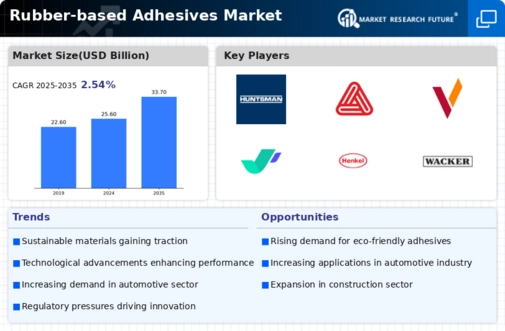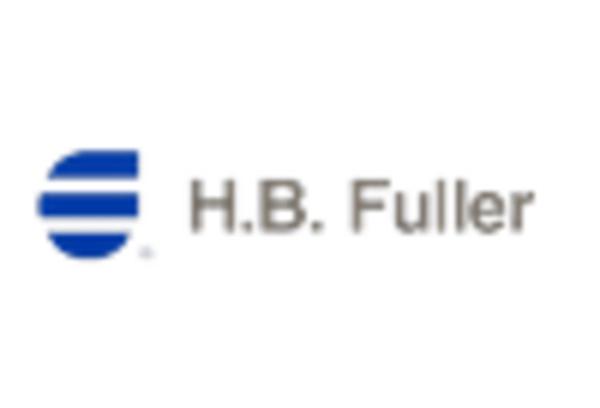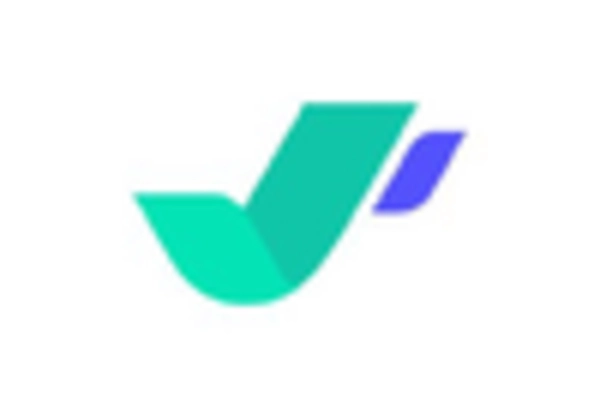The Rubber-based Adhesives Market is characterized by a dynamic and competitive environment driven by various factors such as technological advancements, increasing demand across diverse industries, and a growing emphasis on sustainability.
Companies within this sector are continually innovating to enhance their product offerings and meet the evolving needs of consumers, making the market a vibrant landscape for both established players and new entrants.
The competitive insights reveal a trend towards the development of high-performance adhesives that can cater to the specific requirements of different applications, including automotive, construction, packaging, and electronics.
Additionally, strategic partnerships, mergers, and acquisitions are common practices among key players to strengthen their market positions and expand their geographical reach.
Lord Corporation, a significant player in the Rubber-based Adhesives Market, has established itself with a strong emphasis on product innovation and quality. The company's expertise lies in developing advanced Rubber-based Adhesives suitable for various applications such as automotive bonding, industrial assembly, and consumer goods.
Lord Corporation is recognized for its commitment to providing high-performance products that address the specific needs of its clientele, thereby reinforcing its competitive edge. Its robust research and development initiatives have positioned the company favorably to adapt to market trends and customer demands effectively.
Additionally, Lord Corporation's extensive distribution network allows it to maintain a strong market presence, ensuring that its products are readily available to customers across multiple regions, which further strengthens its competitive stance in the Rubber-based Adhesives segment.
3M, another prominent company in the Rubber-based Adhesives Market, is widely acknowledged for its innovative approaches and comprehensive product portfolio.
The company leverages its extensive technological knowledge and experience to produce a diverse range of high-quality Rubber-based Adhesives designed for multiple applications, including packaging, automotive, and electronics.
3M's success in this market is largely attributed to its continuous efforts to enhance product performance and develop adhesives with superior bonding capabilities, which meet the rigorous demands of various industries.
Moreover, 3M's strong brand recognition and commitment to sustainability and safety have further solidified its competitive position.
With a global presence and a focus on customer-centric solutions, 3M continues to be a formidable competitor in the Rubber-based Adhesives market, driving innovation while catering to the diverse needs of its customers.


















Leave a Comment